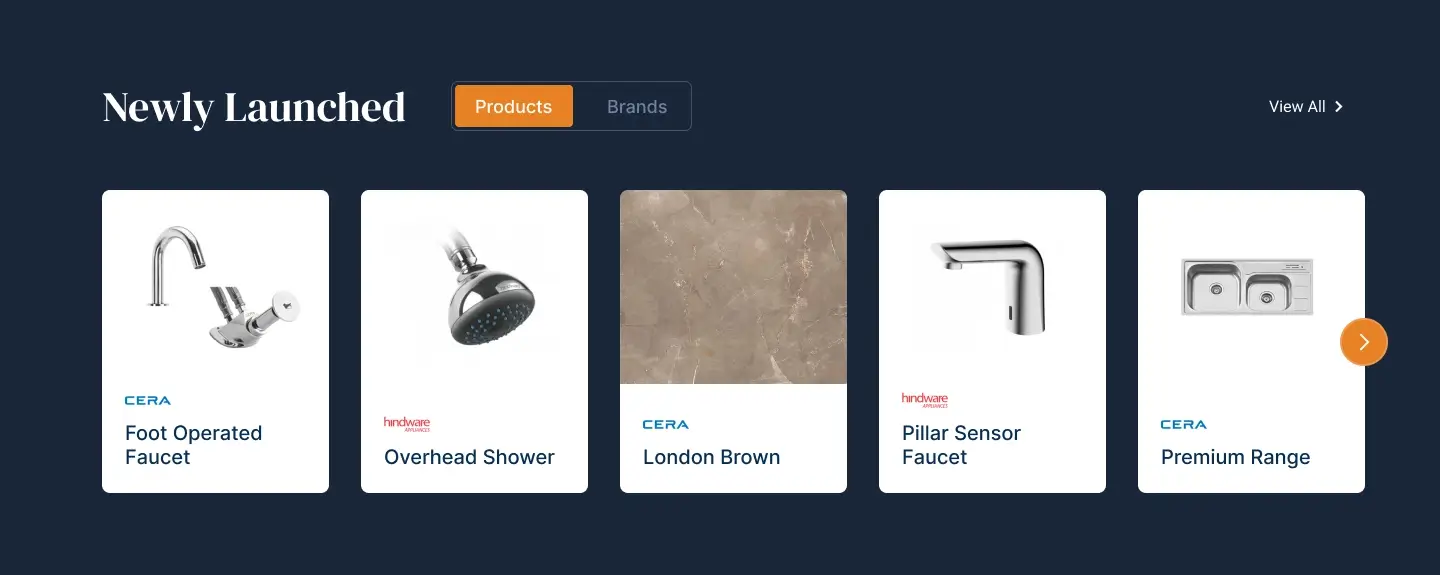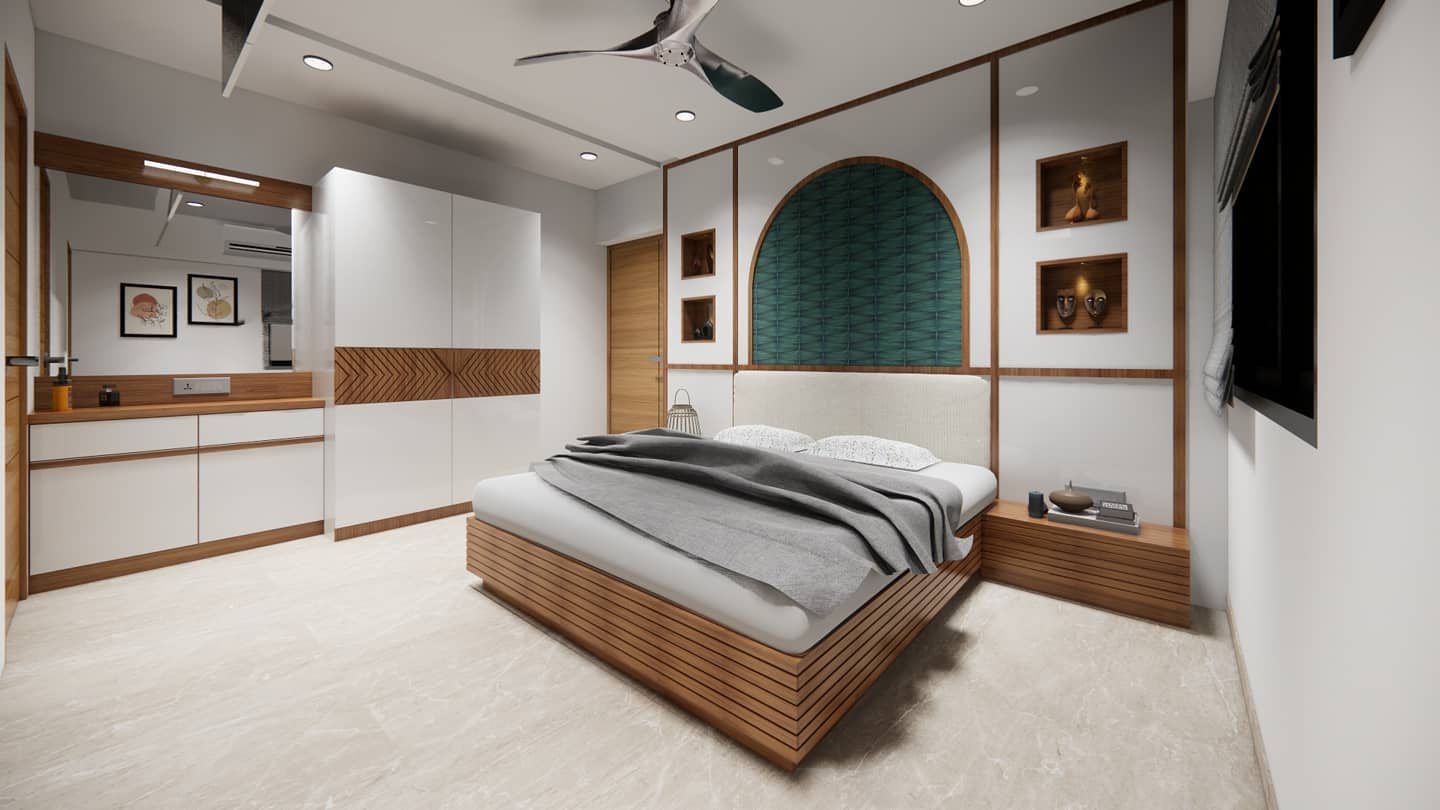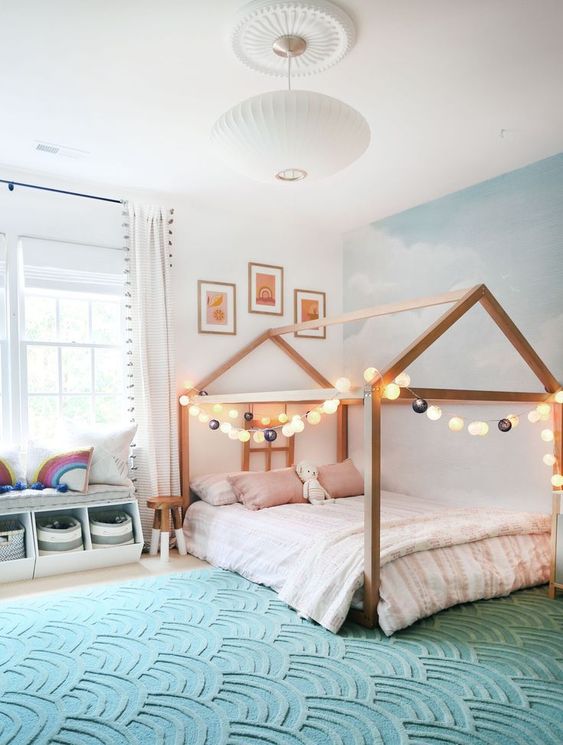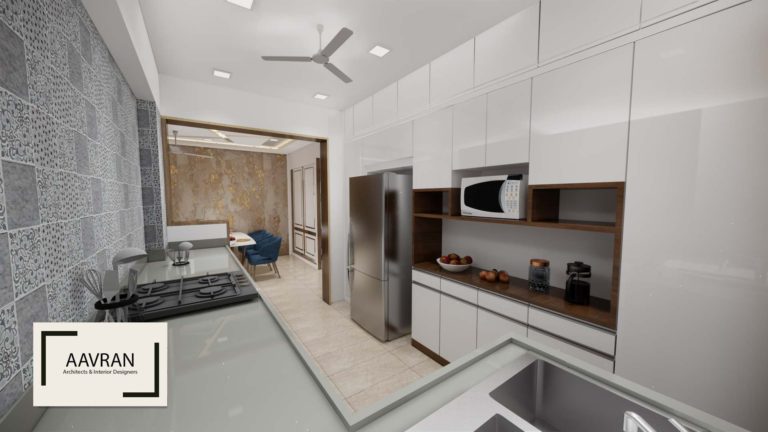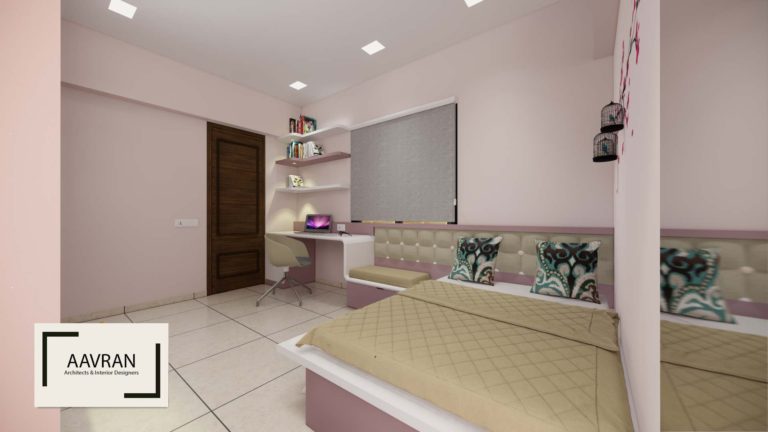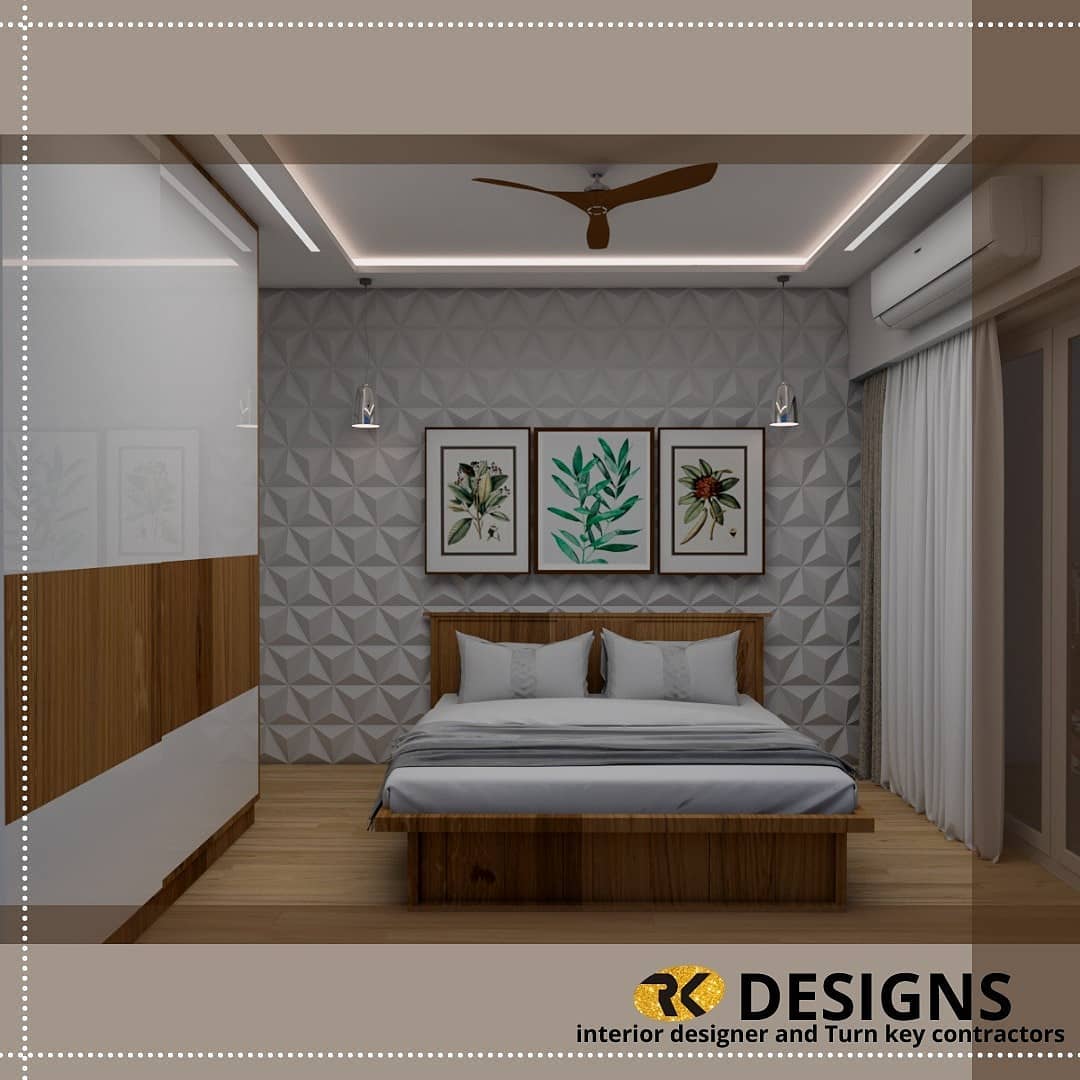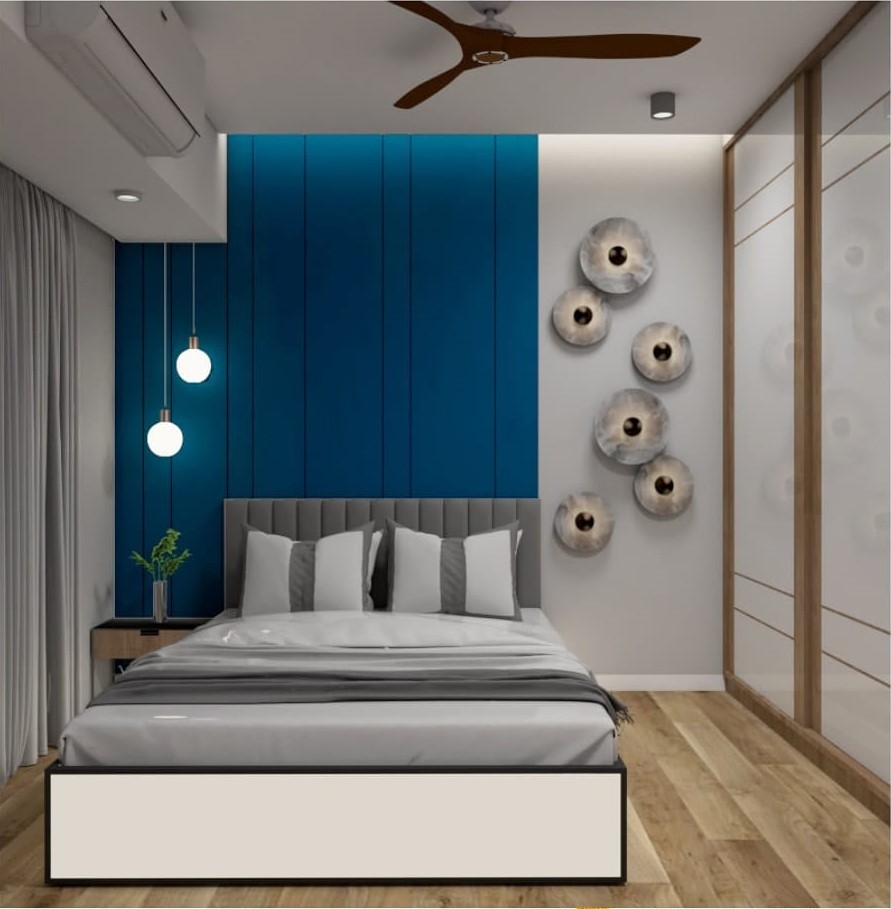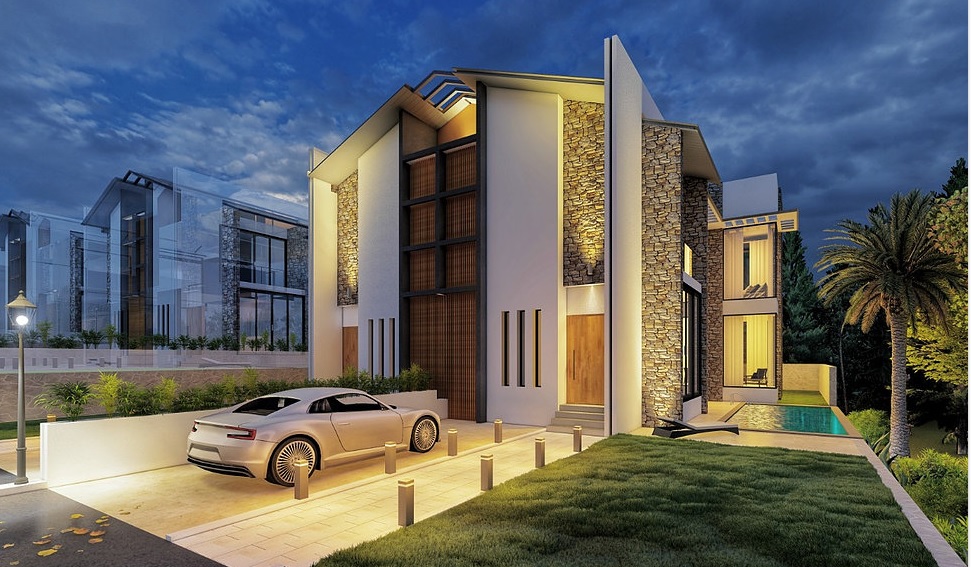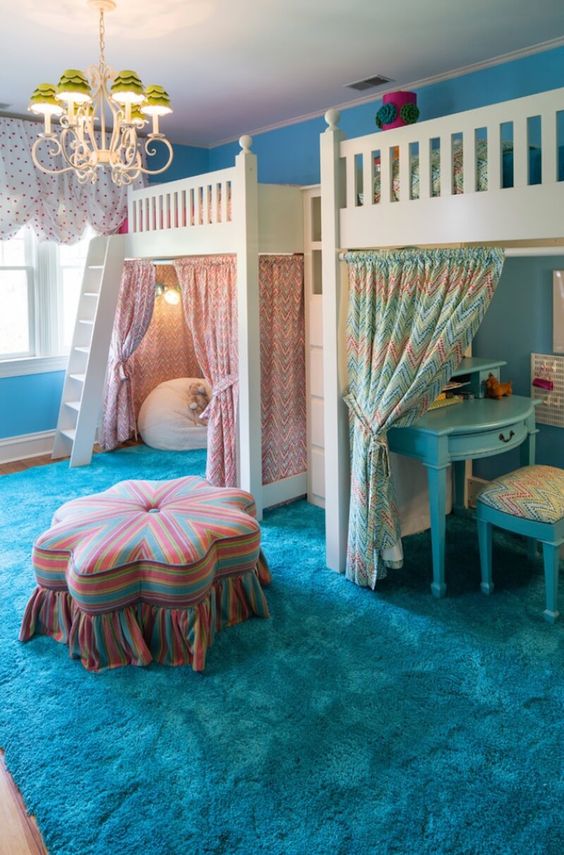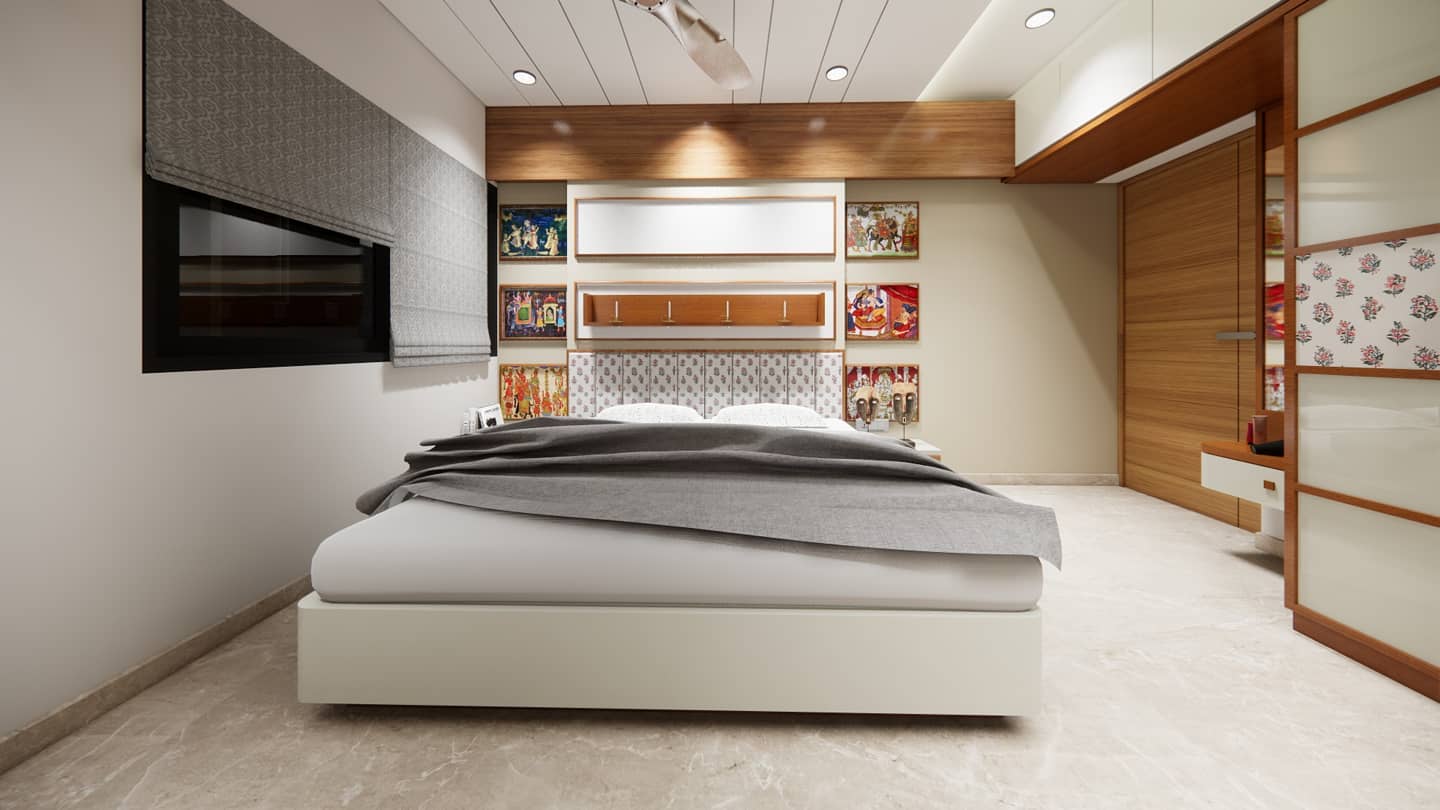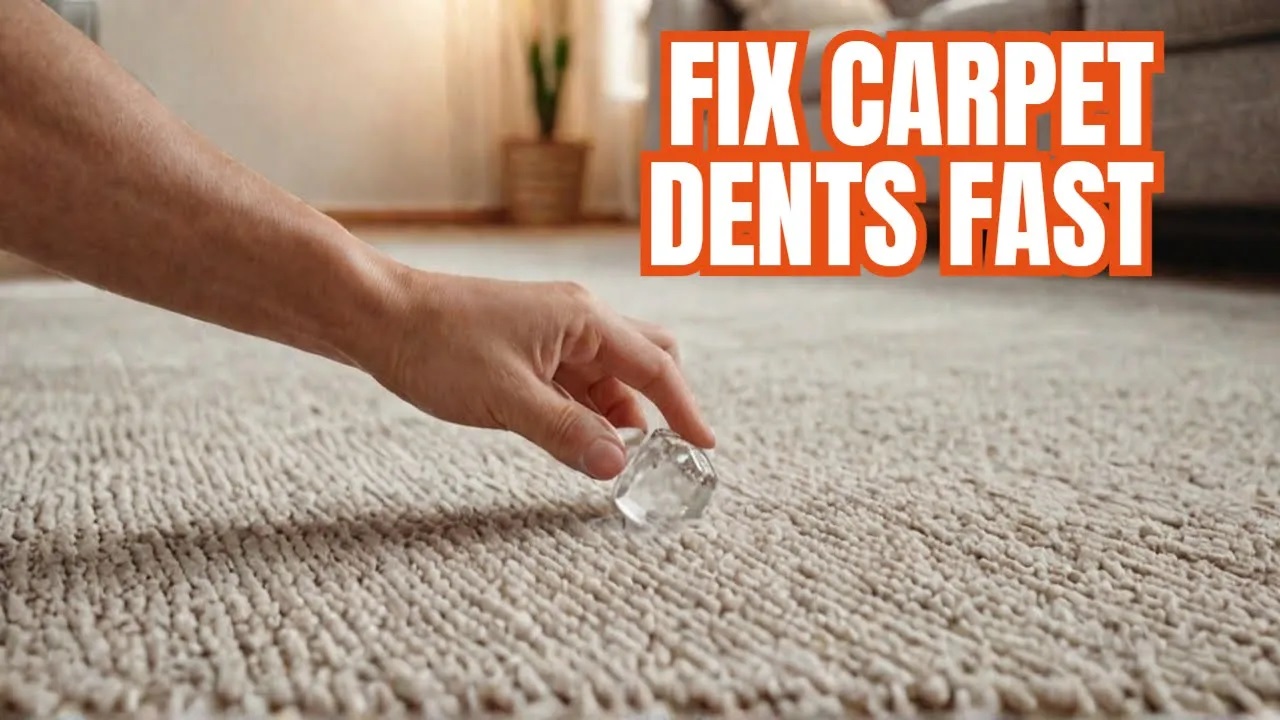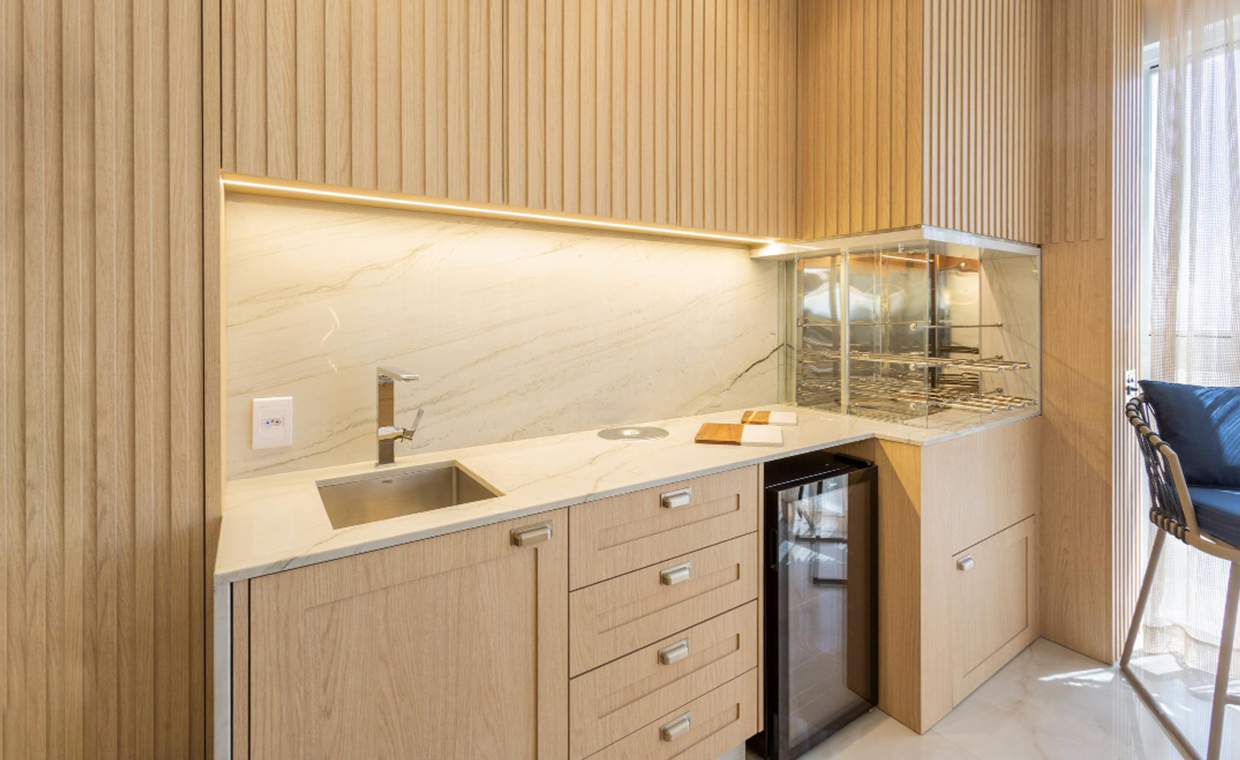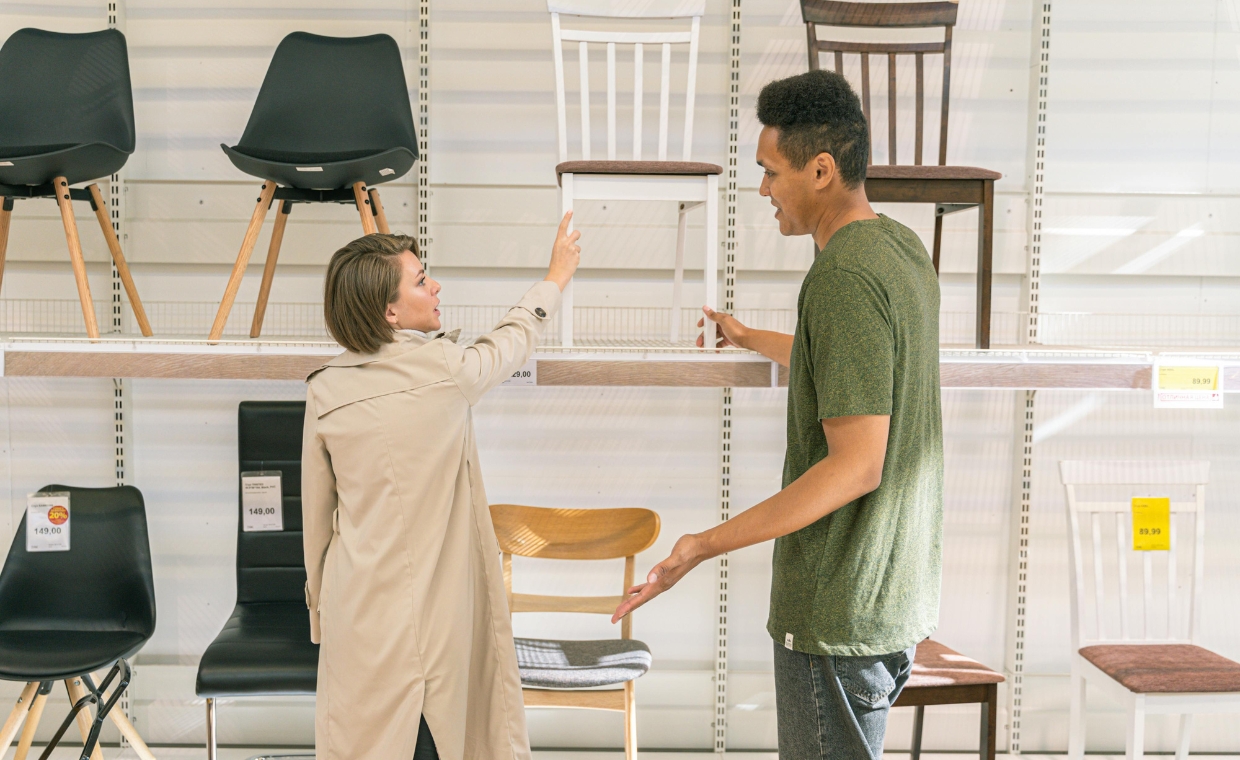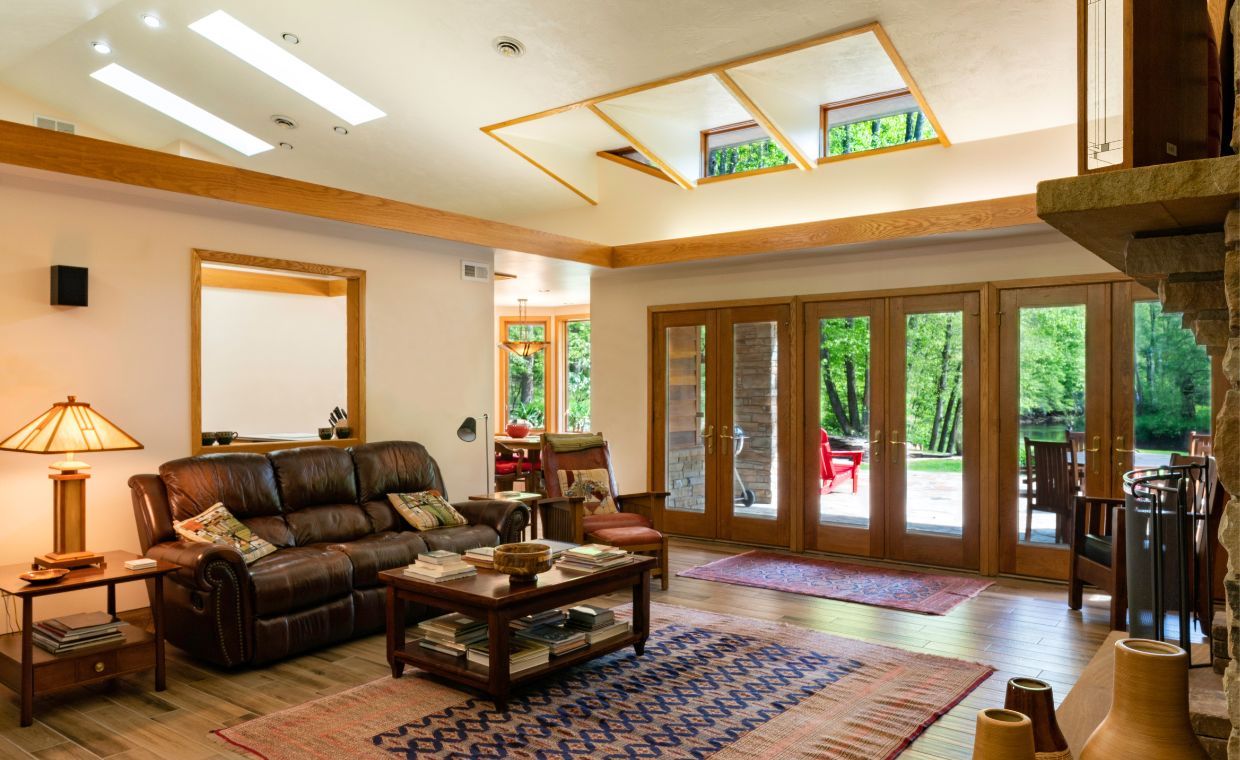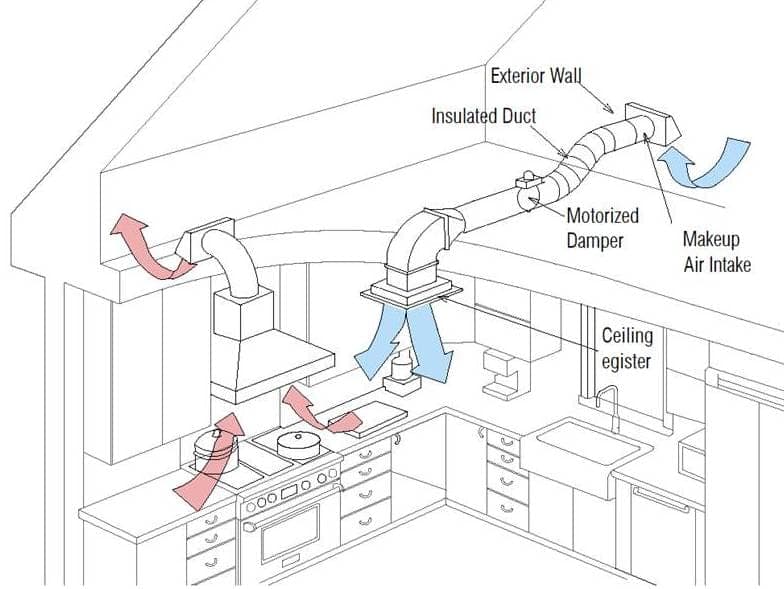
Make-Up Air:
It is simply the outside or fresh air supplied into a building to replace the indoor air. Basically, there are two methods for introducing make-up air into the room i.e. Passive method and Forced air method.
They are typically used in industrial or commercial settings (such as Restaurant/Hotel kitchen services, etc). Makeup air units are commonly found in applications where a structure’s interior requires constant 100% outside air and the existing interior air within a room or a building cannot be re-circulated or where the HVAC system does not have the means for introducing fresh or outside air, are good candidates for makeup air units.
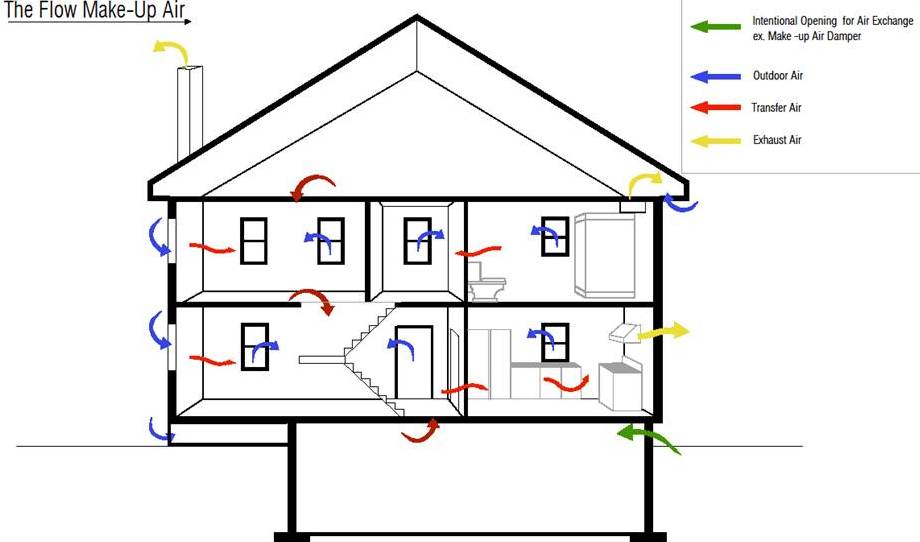
You have to duct properly using at least 6 inch duct, and up to 10 inch in the installations, with the least amount of turns possible. It is way easier to plan for make-up air before construction then installing afterwards.
Why Need Make-Up Air?
Newly energy efficient tight or green homes are well air sealed. So, external air will face more trouble to find a way to replace exhausted air. Also, hood vents will not able to push air out, because there is no air to replace it in your home.
Make-up Air units provide fresh air to the common areas of building like, hallways, lobby, and parking or garage. It acts as a “lungs” of your building. Make up air units also provide comfort cooling and heating to prevent the building from toxic gasses.
General Information About Drawbacks of Make-Up Air:
Make up air into a building through the heated system is the historic method of introducing a make – up air system. It will eliminate some problems caused by the negative pressure but simultaneously it has some drawbacks. Those drawbacks are:
- Most fire make up air system will increase the amount of wasted heat at the ceiling and will increase the transmitted air and loss through the roof.
- This system will dump large quantities of air in one area. In many cases, this will leave large portions of the plant without fresh air.
- Because of the lack of uniform distribution, the result will be a dead air spots.







